Careers in Reproductive Science Continuation of a Species Classroom Activity
We create interactive lessons for high school and college educators to engage their students in discussions of ethics and personal genetics. The lessons are relevant to multiple subjects, including biology, health, social studies, law, physical education and psychology. All of our lesson plans contain background reading for teachers and students, a selection of classroom activities, discussion points, in some cases a slide presentation or video clip, and an evaluation. Each lesson can stand alone, or all the lessons can be taught as a unit.
Unit overview
Preparing to teach the lessons
Students currently in high school or college will enjoy opportunities as a result of scientific advances in genetics and will be asked to solve novel dilemmas on how genetics will be used in medicine and in society. Exploring the social and ethical issues while examining the key scientific principles makes for a learning opportunity that engages students and prepares them for the very real decisions they will face in the near future. This overview includes resources for teachers who are looking for a "big picture" idea of the latest genetic research and the issues percolating around the personal, societal, and medical possibilities and questions.
We have reworked materials from our larger lesson plans to be specifically tailored for distance learning.
Please contact us if you have any issues with accessing our materials.
Specific lessons include
- Introduction to Personal Genetics
- Consumer Genetics
- How Does Ancestry Testing Work? Exploring Admixture Testing
- Sex, Genetics & Athletics
- Personalized Medicine
- Genetics, Jobs and Your Rights
- Reproductive Genetic Testing: Technology, Access, and Decision Making
- Genome Editing and CRISPR
- Claims of CRISPR Being Used to Edit Genomes of Twin Girls Born in 2018
- Engineering the World Around Us: Genome Editing and the Environment
- DNA, Crime, and Law Enforcement
- Genetics, History, and the American Eugenics Movement
- Using Primary Sources to Examine the History of Eugenics
- Scientific Themes in Personal Genetics
Introduction to Personal Genetics
Aim: How might new advances in personal genetics impact our lives, our medical decisions and society?
 Summary: This lesson introduces students to the recent advances in genetics, genetic testing and personal genome sequencing, and presents some of the decisions and ethical challenges an individual may face regarding the use of this technology. It also highlights some of the likely benefits of personal genetics, such as gaining the ability to act on one's genetic risks, tailoring medicines and interventions, and becoming more active and engaged healthcare consumers.
Summary: This lesson introduces students to the recent advances in genetics, genetic testing and personal genome sequencing, and presents some of the decisions and ethical challenges an individual may face regarding the use of this technology. It also highlights some of the likely benefits of personal genetics, such as gaining the ability to act on one's genetic risks, tailoring medicines and interventions, and becoming more active and engaged healthcare consumers.
Activities:Do now exercise (7 minutes), slideshow (15-20 minutes), four corners discussion (15-25 minutes).
Download lesson plan: Word document or PDF
Download slideshow: PowerPoint slides
Click here for a recording of this lesson.
Take a quiz: Genetics gets personal
Click here for bite-sized modules from this lesson plan: pgEd's SNAPSHOTs
Consumer Genetics
Aim: What are the potential benefits of and concerns about genetic tests being sold directly to consumers?
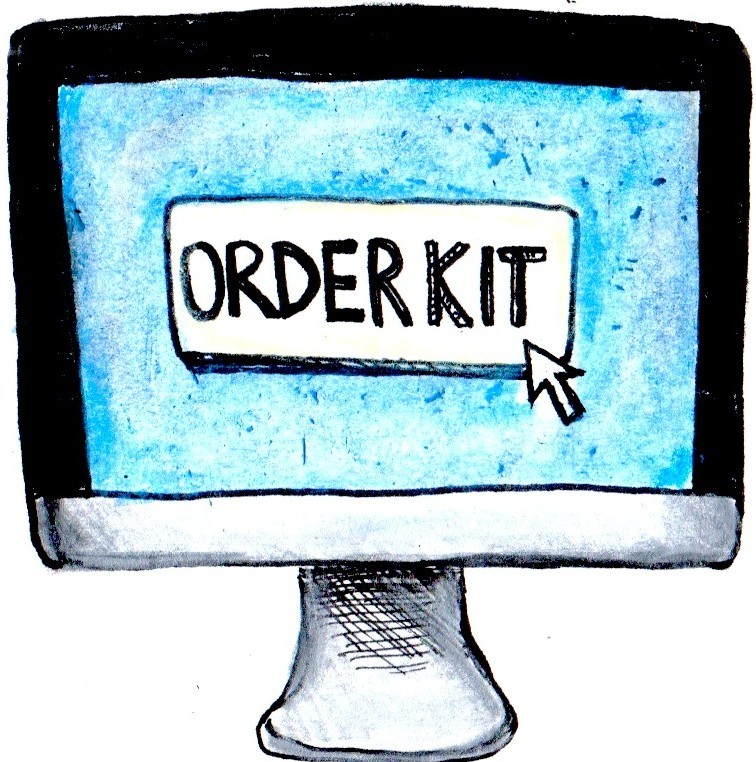 Summary: This lesson provides students the opportunity to explore the excitement and challenges related to the direct-to-consumer (DTC) genetic testing industry. How do consumers react to genetic information gleaned from DTC services? What information can be learned through a DTC test, and do consumers need or want a doctor or genetic counselor to access this information?
Summary: This lesson provides students the opportunity to explore the excitement and challenges related to the direct-to-consumer (DTC) genetic testing industry. How do consumers react to genetic information gleaned from DTC services? What information can be learned through a DTC test, and do consumers need or want a doctor or genetic counselor to access this information?
Activities: Do now exercise (10 minutes), "Panel of experts" debate (65-70 minutes).
Download lesson plan: Word document or PDF
Click here to learn about recent developments.
Click here for our 'Direct-To-Consumer Testing in the Genomic Age' SNAPSHOT
How Does Ancestry Testing Work? Exploring Admixture Testing
Aim: How are genetic tools providing a lens for examining human ancestry?
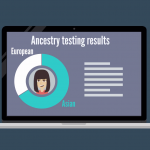 Summary: This lesson explores the science of genetic ancestry testing. Together with pgEd's companion lesson on Ancestry & Identity in the Genomic Age, students will also examine the impacts that direct-to-consumer ancestry tests can have on people's understanding of their familial and cultural identity.
Summary: This lesson explores the science of genetic ancestry testing. Together with pgEd's companion lesson on Ancestry & Identity in the Genomic Age, students will also examine the impacts that direct-to-consumer ancestry tests can have on people's understanding of their familial and cultural identity.
Suitable for in-class use as well as distance-learning
Activities: Animations (20-30 minutes), "Ancestry testing company" activity (10-30 minutes).
Download lesson plan: Word document or PDF
Click here for our 'Admixture Testing: How can your DNA provide insights into your ancestry?' SNAPSHOT
Click here for our 'Ancestry and Identity in the Genomic Age' SNAPSHOT
Sex, Genetics & Athletics
Aim: How might the history of sex testing in elite women's athletics help us explore the complexity of human sex variation?
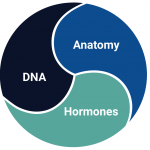 Summary: Athletics are often divided into men's and women's categories to provide fair competition, but efforts to define who qualifies to compete in the women's events have been fraught with controversy. This lesson uses athletics (commonly referred to as track and field in the US) as a lens to examine the biology of sex differences, and how societies react to individuals with these differences. Through readings, slides and discussion, students will examine the history of sex confirmation in elite athletic competition and learn why dividing people into two sexes is not as clear-cut as it seems. Students consider the practice of defining sex by anatomy, DNA, and hormones and then think about the various viewpoints on fairness, diversity and inclusion in sports and society. The classroom activity asks students to imagine being a doctor responsible for verifying the sex of athletes in an international track and field competition while considering the realities of genetic complexity as well as the impact of their decisions on athletes and other stakeholders.
Summary: Athletics are often divided into men's and women's categories to provide fair competition, but efforts to define who qualifies to compete in the women's events have been fraught with controversy. This lesson uses athletics (commonly referred to as track and field in the US) as a lens to examine the biology of sex differences, and how societies react to individuals with these differences. Through readings, slides and discussion, students will examine the history of sex confirmation in elite athletic competition and learn why dividing people into two sexes is not as clear-cut as it seems. Students consider the practice of defining sex by anatomy, DNA, and hormones and then think about the various viewpoints on fairness, diversity and inclusion in sports and society. The classroom activity asks students to imagine being a doctor responsible for verifying the sex of athletes in an international track and field competition while considering the realities of genetic complexity as well as the impact of their decisions on athletes and other stakeholders.
Activities: Do now exercise (5-7 minutes), slideshow (30-35 minutes), classroom activity (20-25 minutes).
Click here for lesson materials including teacher guide and slides.
Personalized Medicine
Aim:How might personalized medicine impact healthcare?
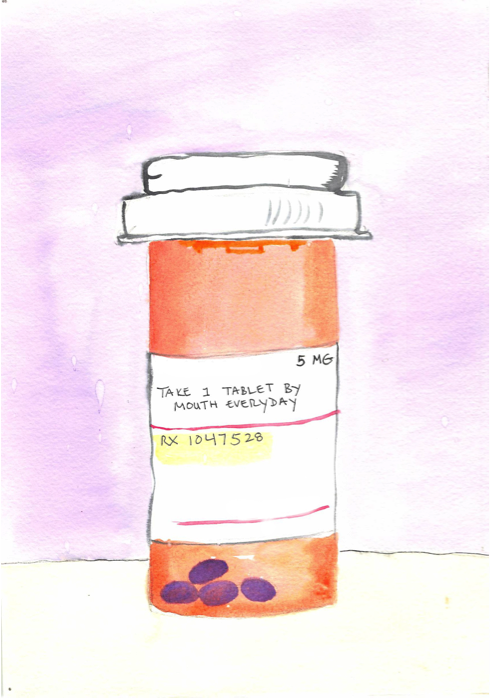
Summary: Personalized medicine, also referred to as precision medicine, holds great promise to improve healthcare. As the cost of genetic analysis decreases and research advances, it is becoming increasingly possible to include a person's genetic make-up in the repertoire of tools that inform their healthcare. This lesson asks students to delve into the hopes and challenges of personalized medicine and to consider the applications of genetic analysis in medicine.
Activities: Do now exercise (10-15 minutes), creating a brochure (40-60 minutes).
Download lesson plan: Word document or PDF
Click here to learn about recent developments.
Genetics, Jobs and Your Rights
Aim: How can genetic information inform job choice and impact the kinds of jobs a person could perform?

White House photo by Eric Draper
Summary: The lesson explores the Genetic Information Nondiscrimination Act (GINA), called the "first civil rights legislation of the 21st century" by former Massachusetts Senator Ted Kennedy. Learning about the history of genetic discrimination in the workplace, along with the progress being made to ensure workers do not have information about their DNA used inappropriately, is key to seeing the potential of personal genetics come to fruition.
Activities: Do now exercise (7 minutes), jigsaw (45 minutes).
Download lesson plan: Word document or PDF
Take a quiz: Avoiding genetic discrimination
Click here to learn about recent developments.
Click here for a bite-sized module from this lesson plan: pgEd's SNAPSHOTs
Reproductive Genetic Testing: Technology, Access, and Decision Making
Aim: How does genetic testing of embryos and fetuses offer hope to individuals wishing to have children, and what are the ethical implications of that testing?
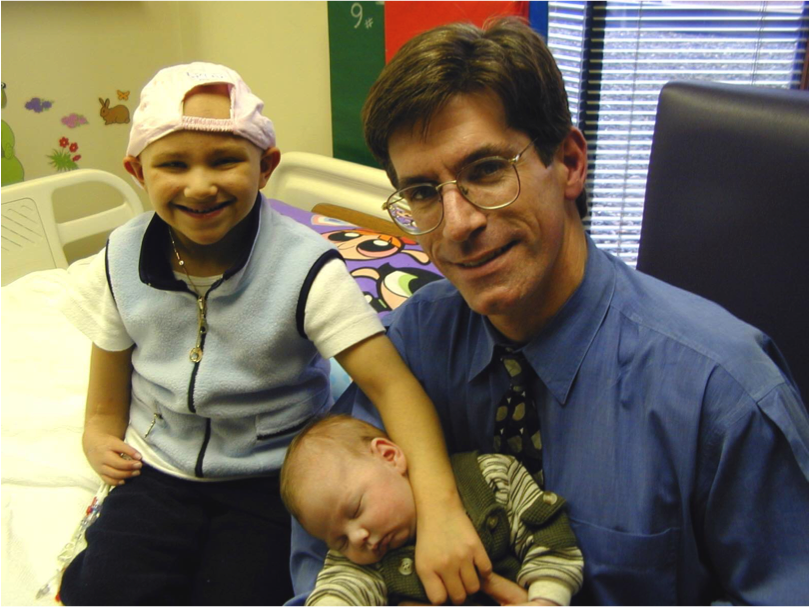
Photo by Mark Engebretson, University of Minnesota
Summary: This lesson addresses some major innovations in reproductive genetic technologies that are being used by individuals who, for a variety of reasons, wish to know and/or have some choice about the genetic makeup of their children. It begins with a discussion of the technologies that can reveal the genetic makeup of fetuses and then moves on to a technology called preimplantation genetic diagnosis (PGD). The goal of this lesson is to give students an opportunity to discuss many aspects of PGD such that they become aware of the diversity of opinions surrounding reproductive genetic technologies.
Activities:Do now exercise (5-7 minutes), slideshow (20-25 minutes), scenarios (20-45 minutes), fishbowl discussion (20-30 minutes).
Download lesson plan: Word document or PDF
Download slideshow: PowerPoint slides
Click here for a recording of this lesson.
Take a quiz: Non-invasive prenatal testing
Click here to learn about recent developments.
Click here for our 'Mitochondrial Replacement Therapy' SNAPSHOT
Genome Editing and CRISPR
Aim: How might advances in our ability to change genomes impact individuals and society?
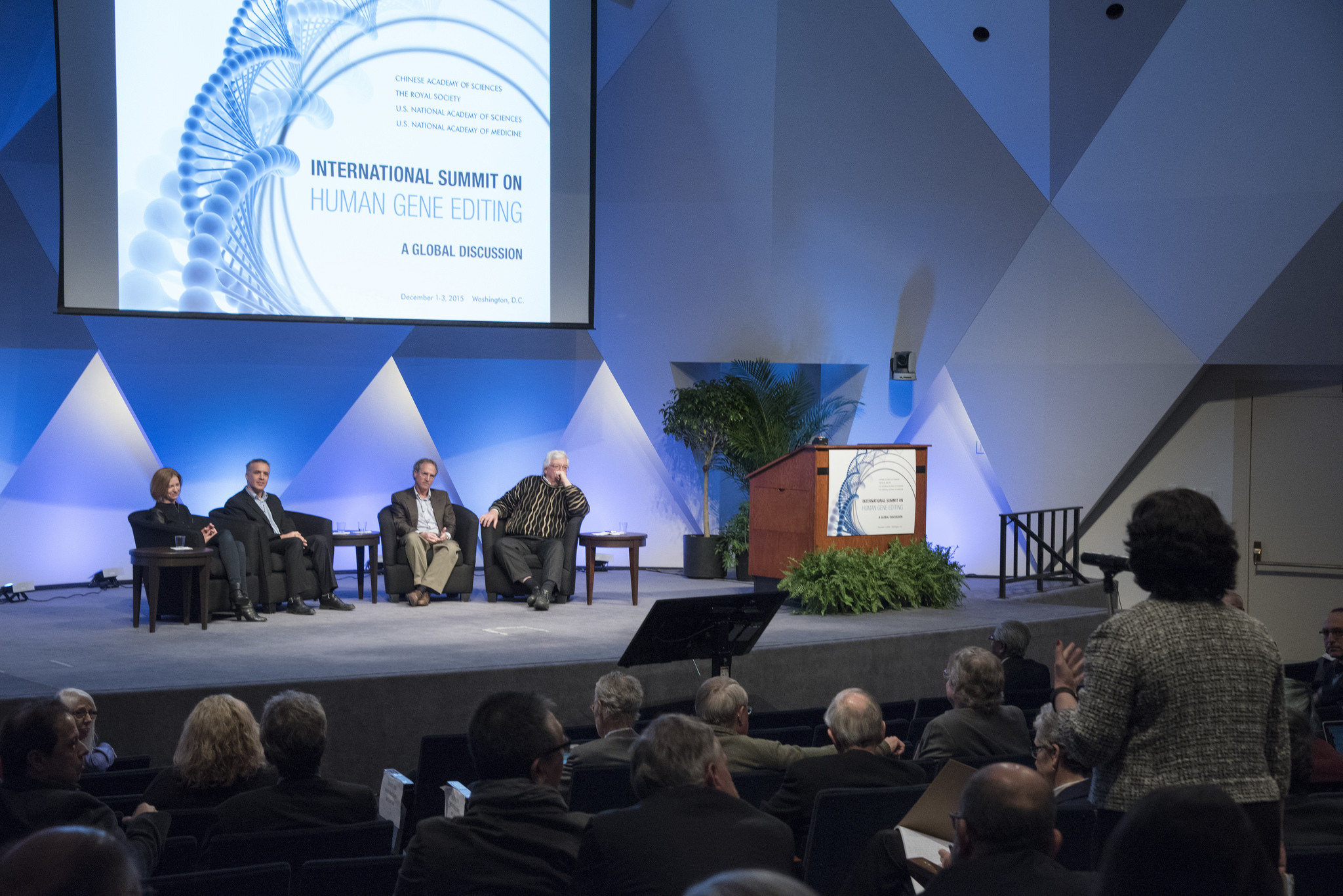
Photo by National Academy of Sciences
Summary: Recently developed techniques to easily modify DNA, known as "genome editing," are bringing many new possibilities as well as dilemmas to the forefront of medicine, ethics, religion and society at large. One technique in particular, known as "CRISPR," has generated the most excitement due to its efficiency and ease of use. This lesson introduces students to the basic scientific concepts of genome editing, its potential for improving human health, as well as some of the ethical discussions surrounding the development and applications of the technique.
Activities:Do now exercise (5-7 minutes), slideshow (30-40 minutes), scenarios (25-35 minutes).
Download lesson plan: Word document or PDF
Download slideshow: PowerPoint slides
Click here for a recording of this lesson.
Take a quiz: Genome editing and CRISPR
Click here to learn about recent developments.
Click here for a mini-lesson on genetic engineering and sickle cell disease.
Click here for our 'Genome Editing & Organ Transplants' SNAPSHOT
Claims of CRISPR Being Used to Edit G enomes of Twin Girls Born in 2018
Aim: How can we navigate news headlines to understand emerging genetic technologies and their social and ethical implications?
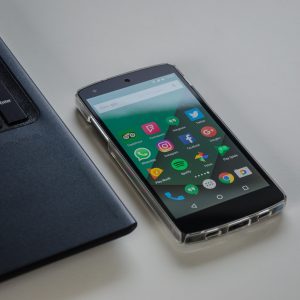
Summary: This lesson uses various articles to explore a range of topics (e.g., HIV, public health, informed consent) that impact the 2018 story that two children were claimed to have been born with CRISPR edits in their genomes. These articles will give students a sense of the complexity of this case, a historical perspective for examining what happened, and a reminder that at the heart of this story are the two girls and their parents. The goal of this lesson is to encourage students to think critically about the information they are hearing in the news, as the facts about what happened continue to emerge.
Activities:Article analysis and student handouts (25-30 minutes), discussion (25-30 minutes).
Download lesson plan: PDF
Engineering the World Around Us: Genome Editing and the Environment
Aim: How might genome editing be used to address the environmental issues we are facing?
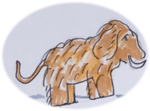 Summary: Advances in genetic technologies are accompanied by questions for society about if, where, and how to apply these tools. A new generation of genetic tools has opened a pathway to engineer the world around us to potentially improve human health, agriculture, and the environment. However, not everyone agrees these applications would necessarily be a benefit, while others worry about unintended consequences of these ecosystem-changing actions. In this lesson plan, we focus on three potential uses of these tools with the goal of (1) reducing toxicity of cassava, (2) modifying disease-carrying insects to preserve Hawaiian honeycreepers, an endangered species of bird, and (3) reviving an extinct animal – the woolly mammoth – to possibly aid in preventing permafrost thawing. These examples draw from current scientific research and environmental issues at the forefront of genetics and society. Each scenario raises a variety of complex ethical, environmental, and scientific conundrums for students to consider.
Summary: Advances in genetic technologies are accompanied by questions for society about if, where, and how to apply these tools. A new generation of genetic tools has opened a pathway to engineer the world around us to potentially improve human health, agriculture, and the environment. However, not everyone agrees these applications would necessarily be a benefit, while others worry about unintended consequences of these ecosystem-changing actions. In this lesson plan, we focus on three potential uses of these tools with the goal of (1) reducing toxicity of cassava, (2) modifying disease-carrying insects to preserve Hawaiian honeycreepers, an endangered species of bird, and (3) reviving an extinct animal – the woolly mammoth – to possibly aid in preventing permafrost thawing. These examples draw from current scientific research and environmental issues at the forefront of genetics and society. Each scenario raises a variety of complex ethical, environmental, and scientific conundrums for students to consider.
Activities: Three 'Do now' exercises (15 minutes), slideshow (30 minutes), classroom discussion (15 minutes).
Snapshot: Bite-sized learning module that can be posted as an assignment for virtual classrooms.
Download lesson plan: Word document or PDF
Download slideshow: PowerPoint slides
Click here for a recording of this lesson.
Click here for bite-sized modules from this lesson plan: pgEd's SNAPSHOTs
DNA, Crime, and Law Enforcement
Aim: How will advances in DNA technology impact individuals, law enforcement and society?
 Summary: The collection and analysis of DNA is an important tool in law enforcement. This lesson explores the challenge of establishing ethical and legal frameworks in a timely manner to guide the use of newly developed technologies. A key question that is woven through this lesson is how we as a society can use genetics to keep people safe, solve crimes and, at the same time, develop policies that provide appropriate safeguards and privacy protections.
Summary: The collection and analysis of DNA is an important tool in law enforcement. This lesson explores the challenge of establishing ethical and legal frameworks in a timely manner to guide the use of newly developed technologies. A key question that is woven through this lesson is how we as a society can use genetics to keep people safe, solve crimes and, at the same time, develop policies that provide appropriate safeguards and privacy protections.
Activities:Do now exercise (5-7 minutes), slideshow (20-25 minutes), scenarios (20 minutes).
Download lesson plan: Word document or PDF
Download slideshow: PowerPoint slides
Click here for a recording of this lesson.
Click here to learn about recent developments.
Genetics, History, and the American Eugenics Movement
Aim: How can we as a society avoid the mistakes of the past to take advantage of the promise of genetics?
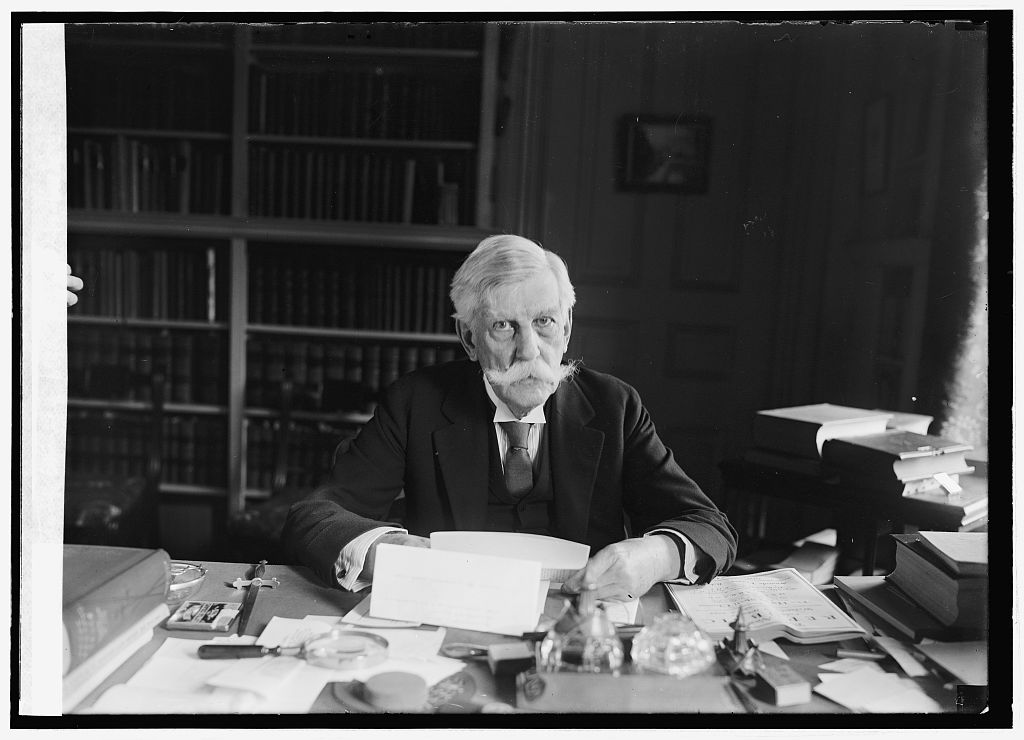 Summary: This lesson provides students with a historical overview of the American eugenics movement and highlights some of the advances and breakthroughs that have been achieved through genetic and genomic research. Many people fear that new advances in genetics, particularly embryo screening and analysis of fetal DNA, could lead to a new era of eugenics. The goal of this lesson is for students to start discussing these topics so that they can understand the complexity of the issues and engage in conversations that contrast the dangers of eugenics with the benefits that can come from genetic information.
Summary: This lesson provides students with a historical overview of the American eugenics movement and highlights some of the advances and breakthroughs that have been achieved through genetic and genomic research. Many people fear that new advances in genetics, particularly embryo screening and analysis of fetal DNA, could lead to a new era of eugenics. The goal of this lesson is for students to start discussing these topics so that they can understand the complexity of the issues and engage in conversations that contrast the dangers of eugenics with the benefits that can come from genetic information.
Activities:Slideshow (40 minutes), discussion (15-20 minutes).
Download lesson plan: Word document or PDF
Download slideshow: PowerPoint slides
Click here for a recording of this lesson.
Using Primary Sources to Examine the History of Eugenics
Aim: How can we use primary sources to discover how the eugenics movement became popularized in the United States and Europe?
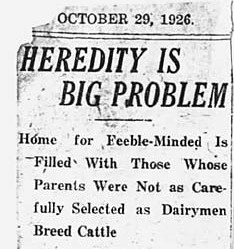
Vermont Eugenics: A Documentary History
Summary: This lesson uses primary source documents to explore issues of race, gender and class in the 20th century. It is intended to extend the ideas explored in "Genetics, history, and the American eugenics movement." The goal of this lesson is for students to use original sources to understand how the eugenics movement used propaganda to enter mainstream America to promote its agenda, and use critical thinking skills to analyze and interpret the sources.
Activities:Document analysis and worksheet (20-30 minutes), discussion (20-30 minutes).
Download lesson plan: Word document or PDF
Download slideshow: PowerPoint slides
Printable document: PDF
Scientific Themes in Personal Genetics
Aim: What are the fundamental scientific concepts needed to understand personal genetics?
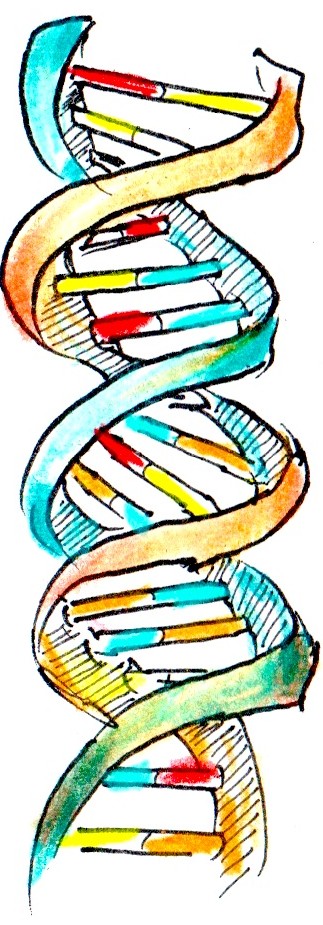 Summary: This lesson introduces students to scientific concepts in genetics that have broad implications for individuals and for society. Students will be asked to consider the role of DNA in our personal and cultural identities as well as our understanding of diversity. They will come away with a perspective that the benefits of personal genetics can only come to light when we understand the potential and the concerns.
Summary: This lesson introduces students to scientific concepts in genetics that have broad implications for individuals and for society. Students will be asked to consider the role of DNA in our personal and cultural identities as well as our understanding of diversity. They will come away with a perspective that the benefits of personal genetics can only come to light when we understand the potential and the concerns.
Activities:Slideshow (30-40 minutes).
Download lesson plan: Word document or PDF
Download slideshow: PowerPoint slides
Click here to learn about recent developments.
Source: https://pged.org/lesson-plans/
0 Response to "Careers in Reproductive Science Continuation of a Species Classroom Activity"
Post a Comment